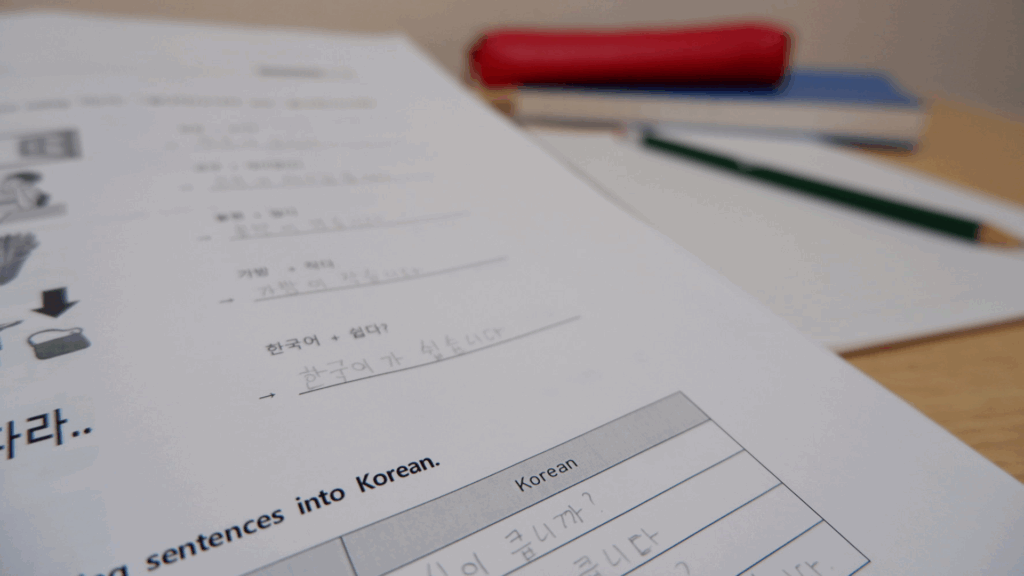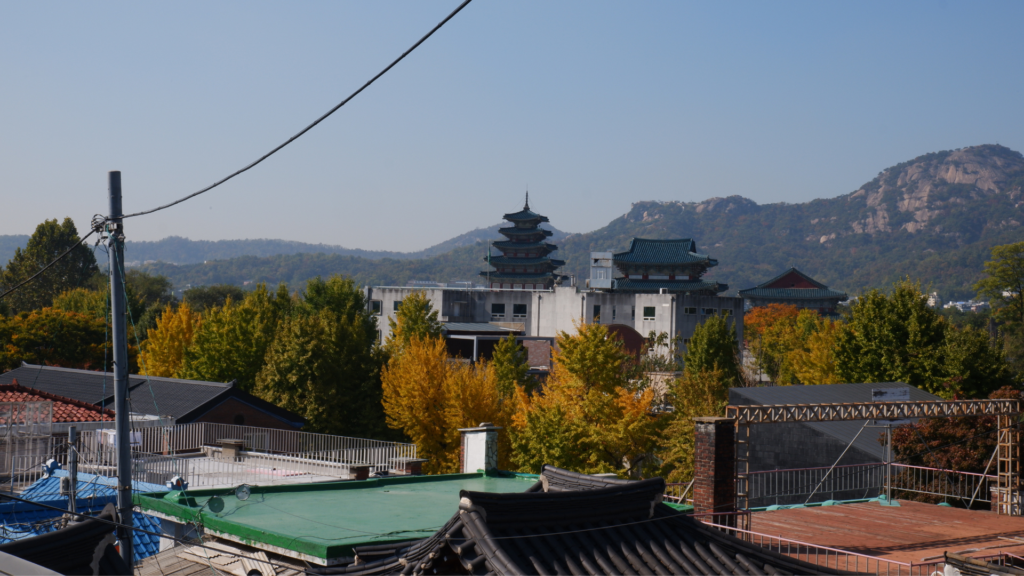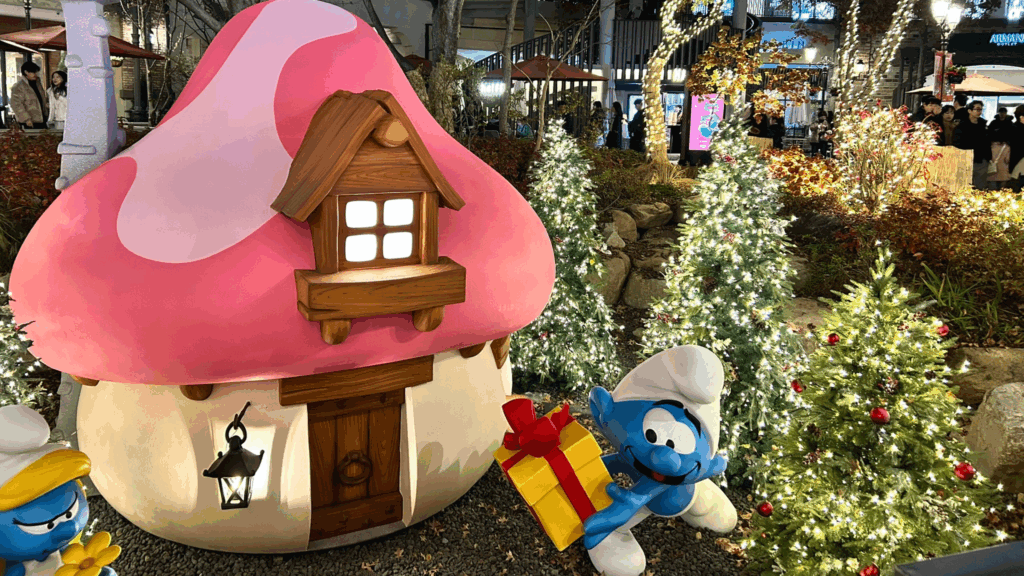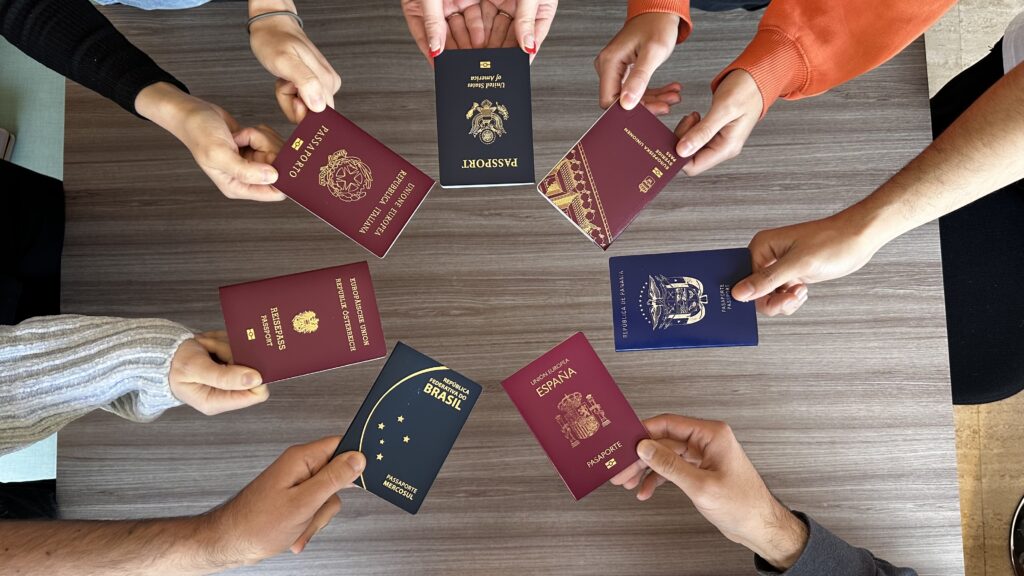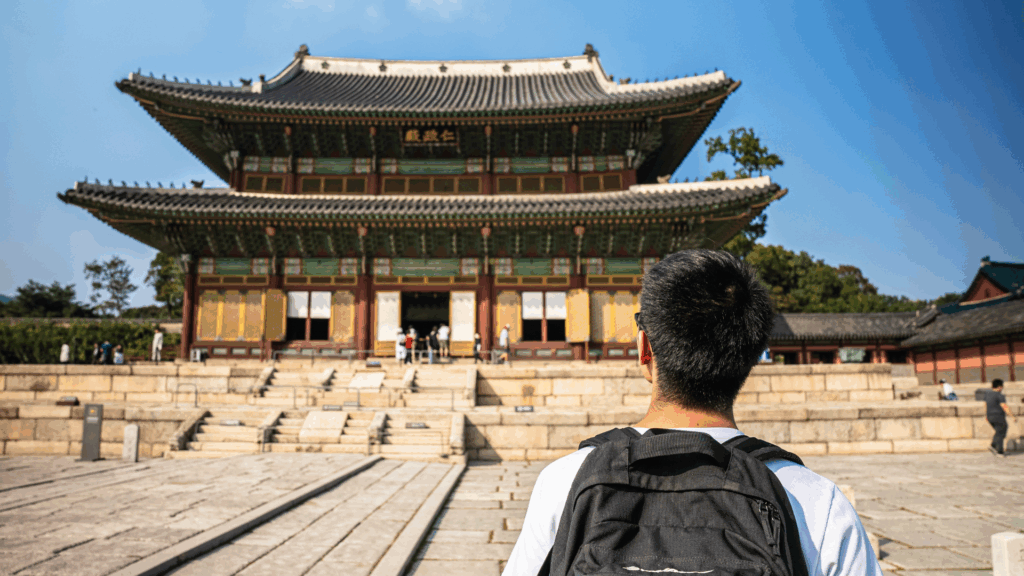Latest update: June 2025.
If you’re just beginning to learn the Korean language, there are some main features to understand. One of the most important is the 7 Korean levels of speech.
Most importantly, each level of speech expresses different levels of respect or courtesy. As politeness and formality are very prevalent in Korean culture, it is important to understand the different levels of speech and getting a good understanding of what level someone is using.
In general, there are two main levels of politeness split into 존댓말 (jondaemal), which is the polite form and 반말 (banmal), which is the more casual form. Let’s break down the seven levels and discuss how commonly each level is used.
1. Hasoseo-che (하소서체) – highest formality
Hasoseo-che is the most formal and deferential form of Korean speech. Historically used when addressing royalty like the king and queen or gods, this form is now rare in daily conversation but is still found in religious texts, traditional Korean dramas, and formal historical documents.
First-person: jeo (저)
Second-person: a title, e.g. imgeum (임금)
Example: 사랑하옵니다 – sarangha-opnida (“I love you”)
While you may never need to use Hasoseo-che in a modern conversation, it plays a significant role in understanding the full scope of Korean levels of speech.

2. Hasipsio-che (하십시오체) – formal polite
Hasipsio-che is widely used in formal situations, especially in public speaking, customer service, news reporting, and conversations with strangers or superiors in professional settings. It is the go-to form when respect must be shown, and is considered both polite and authoritative.
First-person: jeo (저)
Second-person: a title, e.g. seonsaengnim (선생님)
Example: 사랑합니다 – saranghapnida (“I love you”)
Among all the Korean levels of speech, Hasipsio-che strikes the perfect balance between respect and clarity, making it essential for most formal conversations.
3. Haeyo-che (해요체) – polite informal
Haeyo-che is the most commonly used speech level in contemporary Korean. It’s polite, friendly, and used in everyday interactions. Whether you’re talking to someone older than you that you’re not close with, or being polite to strangers, this level is safe and widely accepted. Foreigners are usually urged to learn this form of speech because it is simple and has the proper politeness for everyday situations.
First-person: jeo (저)
Examples: 사랑해요 – saranghae-yo (“I love you”)
Haeyo-che is considered the most versatile and beginner-friendly among the Korean levels of speech, making it ideal for new learners.
4. Hao-che (하오체) – semi-formal
Hao-che is somewhat formal, but its tone can sound neutral or even cold depending on the context. It was once widely used in government and military communication, and sometimes in historical dramas or older films. Although it can be used to address people that are the same age or lower, these days, it’s considered outdated and rarely used in everyday speech.
First-person: na (나)
Second-person: dangsin (당신)
Example: 사랑하오 – sarangha-o (“I love you”)
Though not commonly used today, understanding Hao-che provides insight into how Korean levels of speech have evolved over time.
5. Hage-che (하게체) – polite to subordinates
Hage-che is a respectful tone typically used by older people or superiors (teachers and military officers) when addressing younger people or subordinates in a friendly but firm way. It is also frequently used in literature or period dramas, adding a formal but less deferential touch.
First-person: na (나)
Second-person: ja-ne (자네)
Example: 사랑하네 – sarangha-ne (“I love you”)
Though less common in modern urban settings, Hage-che still appears in scripted content and formal storytelling, making it a part of the rich variety of Korean levels of speech.

6. Haera-che (해라체) – formal command
Haera-che is the authoritative and directive level of speech used for writing, instructions, or issuing commands. It is often found in textbooks, news headlines, laws, and other written forms. It may also be used by teachers, parents, or between close male friends of the same age in an assertive manner.
First-person: na (나)
Second-person: neo (너)
Example: 사랑한다 – saranghanda (“I love you”)
Despite its commanding tone, Haera-che is integral to many forms of communication and another important layer of the Korean levels of speech.
7. Hae-che (해체) – casual
Hae-che is the most informal and intimate level of speech. It’s used among close friends, between children, or when talking to someone younger or the same age in a casual relationship. It’s also common in social media posts, diaries, and texting among peers.
First-person: na (나)
Second-person: neo (너)
Examples: 사랑해 – saranghae (“I love you”)
Curious about more cheesy lines you can use in a casual tone? Check out this reel!
Although Hae-che lacks any markers of politeness, it is essential for fluency and authentic communication among people who share a close relationship. It’s often the first level learned among Korean children and the most relaxed of all Korean levels of speech.
To learn more about the formal speech, a guide to the 4 key elements of the Korean honorific language Nopimmal can also be found here.
Whether you’re aiming for everyday conversation or trying to appreciate the depth of Korean dramas and historical texts, understanding these seven Korean levels of speech will elevate your communication skills and cultural fluency.
For more information about the Korean language and culture, follow our blog or contact us to live and study in Korea!
